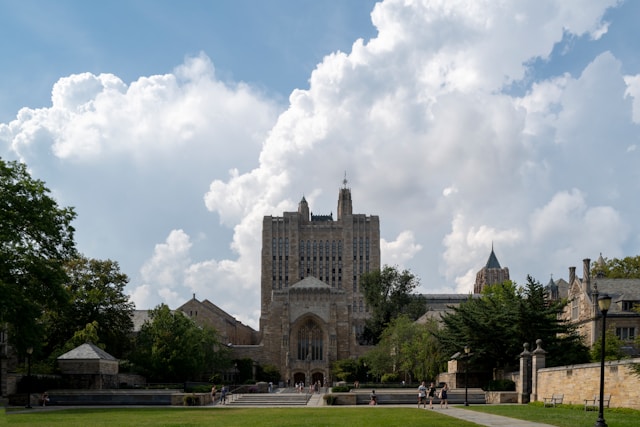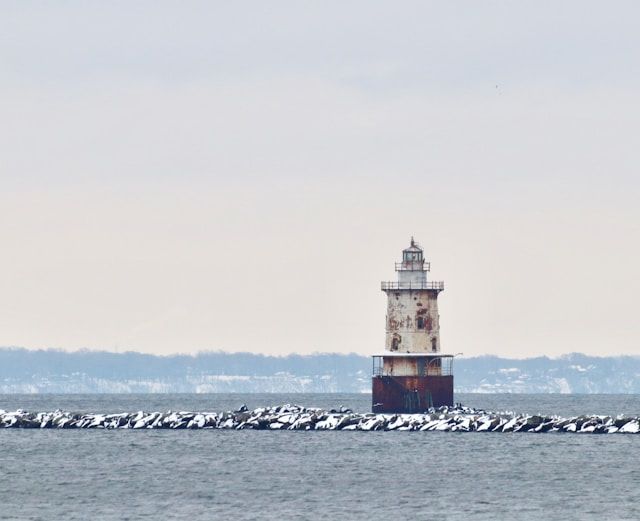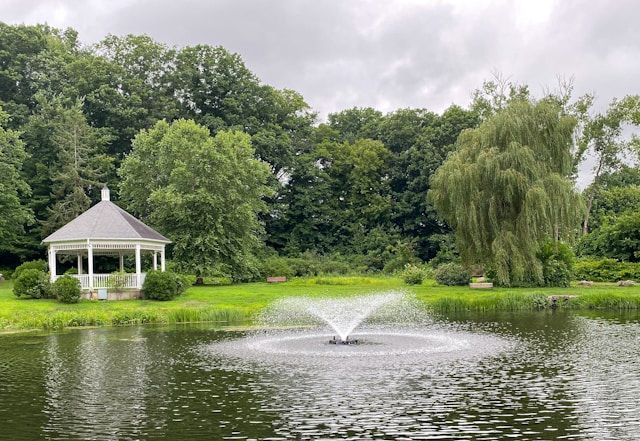Nestled along the scenic Connecticut River, Essex stands as a timeless testament to Connecticut’s vibrant maritime legacy. This charming New England town didn’t just witness maritime history—it actively shaped it. Essex played a crucial role in Connecticut’s maritime history through its shipbuilding expertise, producing everything from the first Connecticut navy warship to the world’s first submarine, while also becoming a strategic target during conflicts due to its shipbuilding prominence.
The town’s shipyards bustled with activity from the seventeenth century onward, with skilled craftspeople creating magnificent wooden sailing vessels that would eventually traverse the globe. This shipbuilding tradition made Essex both economically vital and strategically significant. During the American Revolution and the War of 1812, the town’s shipbuilding capabilities proved so valuable that it attracted military attention—most notably during the British Raid on Essex, when Royal Navy forces targeted the town precisely because of its maritime contributions.
Get a discount of 15% to 70% on accommodation in Connecticut! Look for deals here:
Connecticut Hotels, Apartments, B&Bs
Today, visitors can still feel the pull of Essex’s rich maritime history while strolling its waterfront. The Connecticut River Museum stands where privateers once prepared for sea battles, and historic homes of sea captains line charming streets. The legacy of those shipbuilders lives on through preserved vessels, artifacts, and the undeniable nautical character that continues to define this quintessential Connecticut coastal town.
Maritime Trade and Shipbuilding in Essex
Essex transformed from a small riverside settlement into a maritime powerhouse through shipbuilding excellence and far-reaching trade networks. The town’s strategic location on the Connecticut River made it an ideal spot for constructing vessels that would eventually sail across the globe.
The Rise of Essex as a Shipbuilding Hub
Shipbuilding in Essex began around 1650 when Robert Lay built a wharf at what is now the site of the Connecticut River Museum. This marked the beginning of Essex’s maritime journey, establishing the town in the West Indies trade early on.
During the American Revolution, Essex (then known as Pettipaug) gained prominence when it built Connecticut’s first warship, the Oliver Cromwell, in 1775. This achievement cemented Essex’s reputation for quality shipbuilding.
The town’s numerous shipyards employed skilled craftsmen who passed down their knowledge through generations. Their expertise in wooden vessel construction created a local economy centered around maritime industries and attracted merchants seeking well-built ships.
Essex Vessels and Global Trade
Ships built in Essex traveled extensively, connecting Connecticut with ports around the world. The town became famous for constructing packet ships, which were America’s first transatlantic liners. These reliable vessels carried cargo, mail, and passengers on scheduled routes.
Essex-built ships participated in the profitable West Indies trade, transporting local goods to Caribbean ports and returning with sugar, molasses, and rum. This trade route brought considerable wealth to the town and surrounding areas.
Many Essex residents became captains and sailors who voyaged globally for months at a time. Their experiences brought international influences back to this small Connecticut town.
The town’s shipbuilding accomplishments extended beyond commercial vessels. Essex craftsmen also built the world’s first submarine, demonstrating the innovative spirit that characterized the community.
Decline and Transition to a Modern Economy
Essex’s shipbuilding dominance faced challenges in the mid-19th century as wooden sailing vessels gave way to iron and steam-powered ships. These newer vessels required different construction techniques and facilities than Essex yards could provide.
The British raid on Essex during the War of 1812 dealt a significant blow to the local maritime economy. British forces destroyed numerous vessels being built or armed in Essex, causing substantial economic damage.
Despite these setbacks, Essex retained its maritime character. The town eventually transitioned toward pleasure boat construction and maritime tourism. Today, the Connecticut River Museum preserves this rich heritage, allowing visitors to explore the town’s shipbuilding past.
Essex’s legacy lives on through beautifully preserved historic buildings, maritime collections, and a continued connection to the Connecticut River that shaped its destiny.
Essex in American Maritime Conflicts
The quaint town of Essex played a significant role in America’s naval conflicts, from the Revolutionary War through the War of 1812. Its strategic location along the Connecticut River made it both a valuable shipbuilding center and a target for enemy forces.
Essex During the American Revolution
Essex (then known as Pettipaug) supported the Continental Army with shipbuilding expertise during the Revolutionary War. Local shipyards produced vessels for both commercial and military purposes, helping to maintain supply lines for American forces.
The most notable contribution was the construction of the Oliver Cromwell, a powerful warship that served the American cause. This 24-gun ship was built using Essex’s high-quality timber and skilled craftsmanship.
Local militia from Essex also participated in coastal defense operations, protecting the vital shipbuilding infrastructure from British raids. The town’s maritime workers frequently shifted between civilian and military roles as needed.
Essex’s strategic location on the Connecticut River made it valuable for moving supplies while remaining somewhat protected from the Royal Navy ships that patrolled Long Island Sound.
Privateering and the War of 1812
Essex became a hub for privateering activities during the War of 1812. Local shipbuilders constructed fast, maneuverable vessels specifically designed to capture British merchant ships.
The town’s prominence as a privateering center drew unwanted attention. On April 7-8, 1814, a British raiding force of 136 sailors and marines rowed six miles upriver to attack Essex. This daring nighttime raid resulted in the destruction of 27 vessels, including six newly built privateers.
Despite resistance from approximately 500 American militia and soldiers, the British successfully completed what became known as the British Raid on Essex. This attack represented one of the most destructive maritime actions in Connecticut history.
The financial losses were staggering, with thousands of dollars worth of ships and rigging materials destroyed, marking the single greatest loss of American shipping of the war.
Military Contributions and Naval Engagements
Essex’s military significance extended beyond shipbuilding. The town maintained a company of militia specifically for coastal defense, with some members being detached to protect strategically important locations like New London.
Maritime expertise developed in Essex contributed to naval innovations used throughout American conflicts. The shipbuilding techniques pioneered here influenced vessel designs used by the US Government for decades.
Essex’s experience with British raids highlighted the vulnerability of inland waterways, leading to improved defensive strategies along the Connecticut River. Local sailors who gained combat experience during these conflicts often continued military service elsewhere.
The legacy of Essex’s maritime military contributions can still be seen today in Connecticut’s ongoing naval traditions, including submarine production at Electric Boat in nearby Groton, connecting past shipbuilding expertise with modern naval construction.
Get a discount of 15% to 70% on accommodation in Connecticut! Look for deals here:
Connecticut Hotels, Apartments, B&Bs








